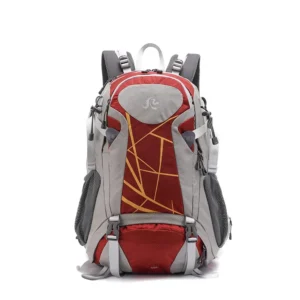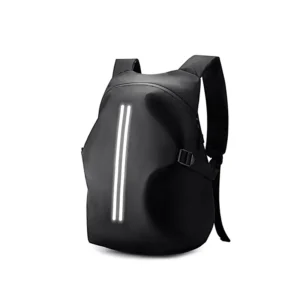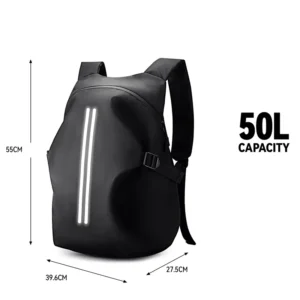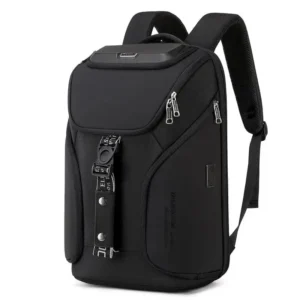How to expertly iron patches onto your backpack
Understanding the Material of Your Backpack
Before you start ironing patches onto your backpack, it’s crucial to understand the material of your backpack. Backpacks can be made from various materials such as cotton, canvas, polyester, or nylon. Each material reacts differently to heat, which is why understanding it is important. For instance, cotton and canvas are more heat-resistant compared to synthetic fibers like polyester and nylon, which might melt under high temperatures.
Knowing this, you should always check the label on your backpack for any care instructions pertaining to heat and ironing. If instructions are absent, it might be wise to perform a patch test on an inconspicuous area. This ensures that the material won’t get damaged during the process of attaching your patches.
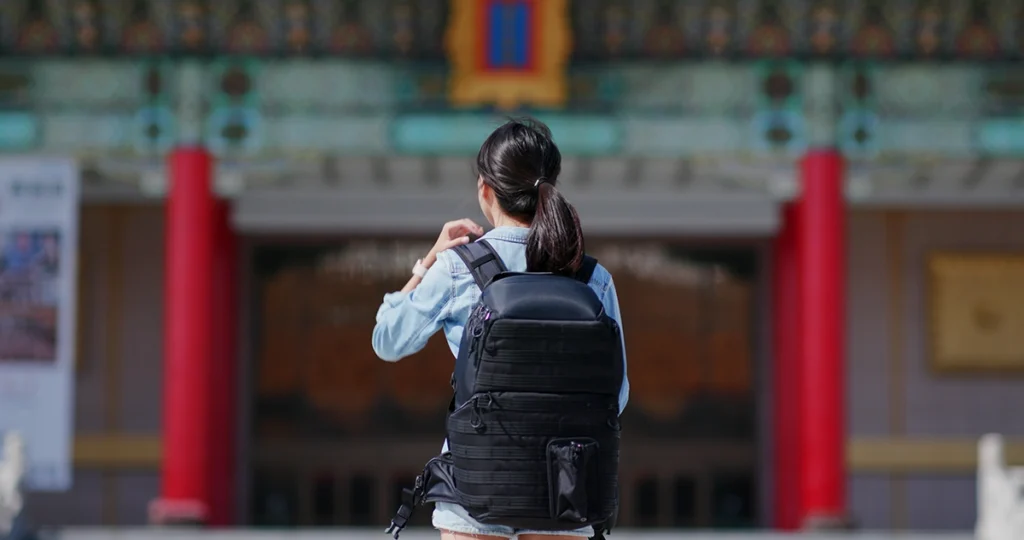
Gathering the Necessary Tools for Best Results
To successfully iron patches onto your backpack, preparation is key. You will need a few essential tools and accessories to achieve the best results. These include an iron, an ironing board, a towel or a piece of cloth, and your chosen patches. Optionally, parchment paper or a thin cloth can provide an extra layer of protection between the iron and the patches.
It’s important to ensure that your iron is clean and set to the appropriate temperature. Most patches adhere best at a medium heat, but certain materials might require adjustments. The towel will act as a buffer, protecting both your backpack and the surface beneath it from any unwanted heat damage.
Having all tools within reach before beginning the process ensures a smooth, undisturbed workflow, contributing to the overall quality of the outcome.
-
$54.90 Select options This product has multiple variants. The options may be chosen on the product page
-
$38.90 Select options This product has multiple variants. The options may be chosen on the product page
-
$28.90 Select options This product has multiple variants. The options may be chosen on the product page
-
$109.90 Select options This product has multiple variants. The options may be chosen on the product page
Comparing Iron-On vs. Sew-On Patches
When it comes to personalizing your backpack, you have two main types of patches to consider: iron-on and sew-on. Each type has its advantages and considerations. Iron-on patches are popular due to their ease of use. They can be applied relatively quickly and do not require any sewing skills. However, the longevity of an iron-on patch can be less predictable, particularly if not applied correctly.
On the other hand, sew-on patches require some basic sewing skills, whether by hand or machine. While this process is more time-consuming, sew-on patches often offer greater durability. They can withstand washing and wear and tear better than their iron-on counterparts.
Ultimately, the choice between iron-on and sew-on patches will depend on your proficiency with sewing and your patience for taking the time to apply them correctly to ensure longevity.

The Benefits of Personalizing Your Backpack with Patches
Adding patches to a backpack is not only a trend but a form of self-expression. Personalizing your backpack with patches offers numerous benefits beyond aesthetics. Firstly, it allows you to showcase your personality and interests in a unique manner.
Furthermore, patches can make identifying your backpack easier in crowded spaces. This could be particularly beneficial for students or travelers who frequent public places. Personalized patches can also enhance a sense of ownership, reducing the risk of losing your backpack.
Additionally, applying patches can be a way to repair and cover any holes or worn-out sections of your backpack, extending its lifespan.
Incorporating patches into the design of your backpack is not only about style but additionally serves functional purposes that can add significant value to a standard item.
Explore backpack designs here-
$39.90 Select options This product has multiple variants. The options may be chosen on the product page
-
$48.90 Select options This product has multiple variants. The options may be chosen on the product page
Preparing the Backpack and Patch for Application
Preparation is key for the successful application of patches onto your backpack. Start by laying your backpack flat on an ironing board. If an ironing board is not available, a flat, heat-resistant surface suffices. Ensure that the section where the patch will be attached is clean and free of debris. Dirt or dust can affect the adhesion strength of the patch.
Next, place the patch in the desired location. If you’re using multiple patches, it might be helpful to place all of them ahead of time and take a picture to ensure the layout is to your liking. If you’re unsure about placing the patch directly onto the backpack, use a piece of cloth or parchment paper as a precautionary measure over the patch.
Once the setup is complete, plug in your iron and let it reach the appropriate temperature. This preliminary step is crucial to ensure not only a smooth application experience but also optimal results.
-
$29.90 Select options This product has multiple variants. The options may be chosen on the product page
-
$36.90 Select options This product has multiple variants. The options may be chosen on the product page
Step-by-Step Guide to Ironing Patches onto a Backpack
Embarking on the task of ironing patches onto a backpack can be broken down into manageable steps. Begin by positioning the patch in the desired spot on your backpack. Once placed, cover the patch with a thin cloth or parchment paper. This acts as a barrier, protecting both the iron and the materials from direct heat.
With your iron preheated to a medium temperature, gently press down onto the cloth-covered patch. Apply consistent pressure for approximately 15 to 30 seconds. Avoid moving the iron back and forth as it can cause the patch to shift.
Afterward, carefully remove the cloth and check if the edges of the patch are firmly adherent to the backpack. If necessary, repeat the ironing process, focusing on areas that might need more reinforcement.
Finally, let the backpack cool completely before handling to ensure the adhesive sets properly. Following these steps meticulously guarantees a professional finish that keeps your patches secure.
Troubleshooting Common Issues When Ironing Patches
Despite careful preparation, issues can arise during the patch application process. A common problem is that the patch doesn’t stick properly, often caused by insufficient heat or lack of pressure. If this happens, revisit the ironing process and ensure that ample heat and pressure are applied for an adequate duration.
Another issue could be melting or shimmering of synthetic backpack materials. To avoid this, monitor the temperature settings closely and employ a pressing cloth to insulate the material from direct contact with the iron.
A less common problem could be the adhesive seeping out from under the patch, which can occur if too much pressure or heat are used. Applying gentle, even pressure can help mitigate this issue.
Patience and attention to detail can resolve these common hurdles effectively, resulting in a successful patching experience.
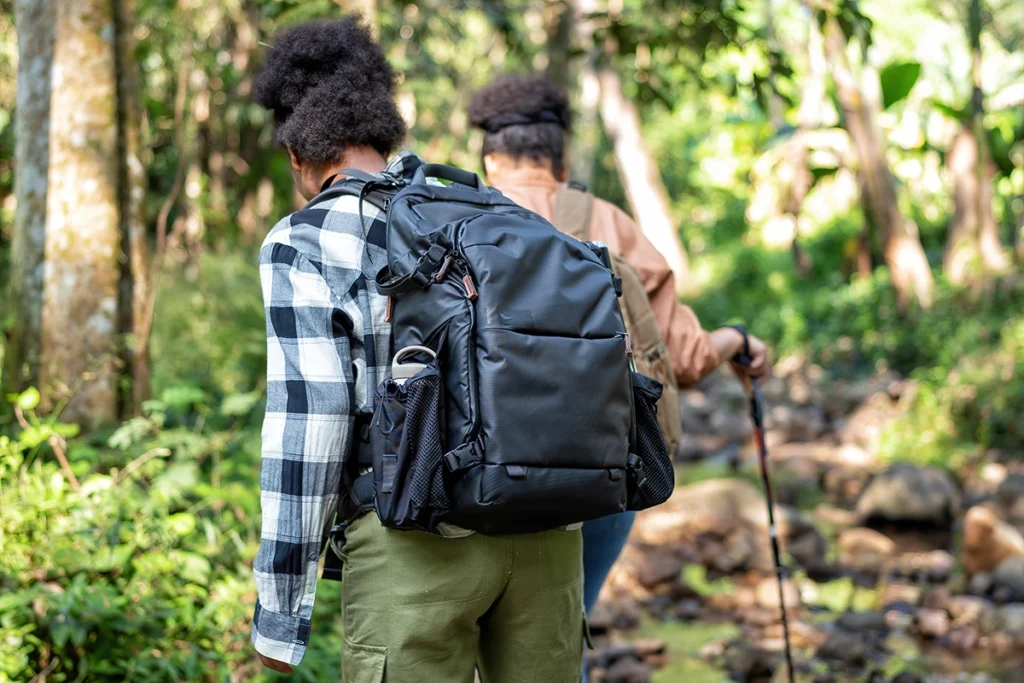
Express Yourself with Custom Patches on Your Backpack
Ironing patches onto your backpack is a delightful way to customize and express your individuality. By understanding the materials involved, gathering necessary tools, and comparing different methods of patch application, you're well on your way to transforming your backpack into a reflection of your identity.
With the benefits clear, you can make an informed decision about utilizing iron-on versus sew-on patches, considering both their ease of application and longevity. Preparing your backpack correctly, following a detailed step-by-step guide, and troubleshooting effectively all contribute to a successful, enjoyable experience.
Ultimately, patching your backpack goes beyond mere decoration. It is a fusion of creativity and functionality, allowing your backpack to stand out while enhancing its durability and personal significance.
For more inspiration on backpack customization, visit this comprehensive resource to explore a range of designs and ideas.








